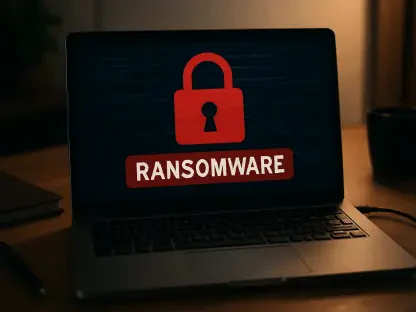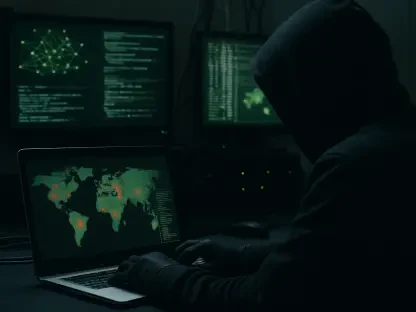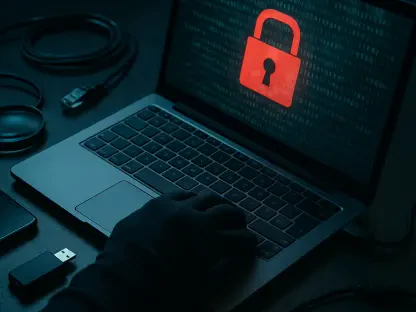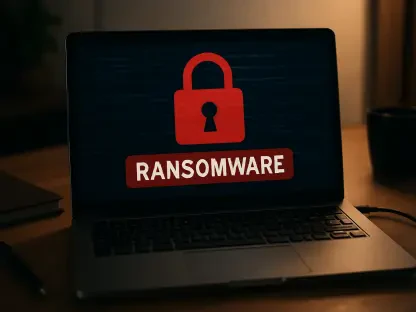Rupert Marais is an esteemed cybersecurity expert specializing in endpoint and device security, known for his strategic understanding of network management and cybersecurity. Today, we’ll explore the ever-evolving landscape of email security threats, drawing insights from recent findings shared by The Hacker News. Topics will include the exploitation of neglected domains, targeted phishing campaigns like HubPhish, notable threat actor strategies employed by groups such as Kimsuky, and the malicious maneuvers uncovered by CERT-UA in Ukraine.
What are some of the latest trends in email security threats as reported by The Hacker News?
Navigating the world of email security threats, we’re seeing a consistent rise in sophistication where attackers are increasingly bypassing traditional security measures like SPF and DMARC. Spoofing sender addresses remains a prominent tactic, especially with threat actors using abandoned domains to outsmart security checks. This gives them a veneer of legitimacy, allowing malicious emails to slip through defenses undetected.
How are malicious actors using neglected domains to bypass SPF and DMARC security protections?
These actors are capitalizing on older domains that have been forgotten or are rarely maintained. Such domains often drift beneath the alert radar of updated security protocols. Because they can appear as legitimate, established entities, these domains help attackers craft emails that fly under the detection systems designed to filter out sender impersonation.
Can you explain the nature of the HubPhish campaign targeting European users?
The HubPhish campaign is a particularly cunning phishing effort aimed at European industries. It exploits tools like the HubSpot Free Form Builder to create convincing but fake forms that lure users into giving away their credentials. By mimicking trustworthy companies, this campaign has targeted automotive, chemical, and industrial sectors, hoping to trick victims into interacting with compromised forms and redirecting them to authentic-looking, malicious login pages.
How is Kimsuky utilizing Russian email addresses for credential theft attacks?
Kimsuky has adapted its strategy by sending phishing emails that appear to originate from Russian email services, diverging from their previous reliance on Japanese and Korean services. The use of well-known Russian domains helps these emails appear legitimate, tricking recipients into believing they’re from reliable sources and ultimately facilitating credential theft.
What can you tell us about the malicious email campaign outlined by CERT-UA?
CERT-UA uncovered a campaign that exploits Remote Desktop Protocol (RDP) files to target Ukrainian entities, including government and military organizations. This approach allows attackers to establish remote connections, enabling further data theft and malware deployment. The campaign is attributed to the threat group UAC-0215 and is notable for leveraging zero-trust architecture infiltration strategies, underscoring the evolving complexity of cybersecurity threats.
Do you have any advice for our readers?
Stay vigilant and consistently update your security measures. Ensure your systems are regularly updated and educate your teams about recognizing phishing tactics. As malicious methods become more sophisticated, preparedness and ongoing education are key to defense.









